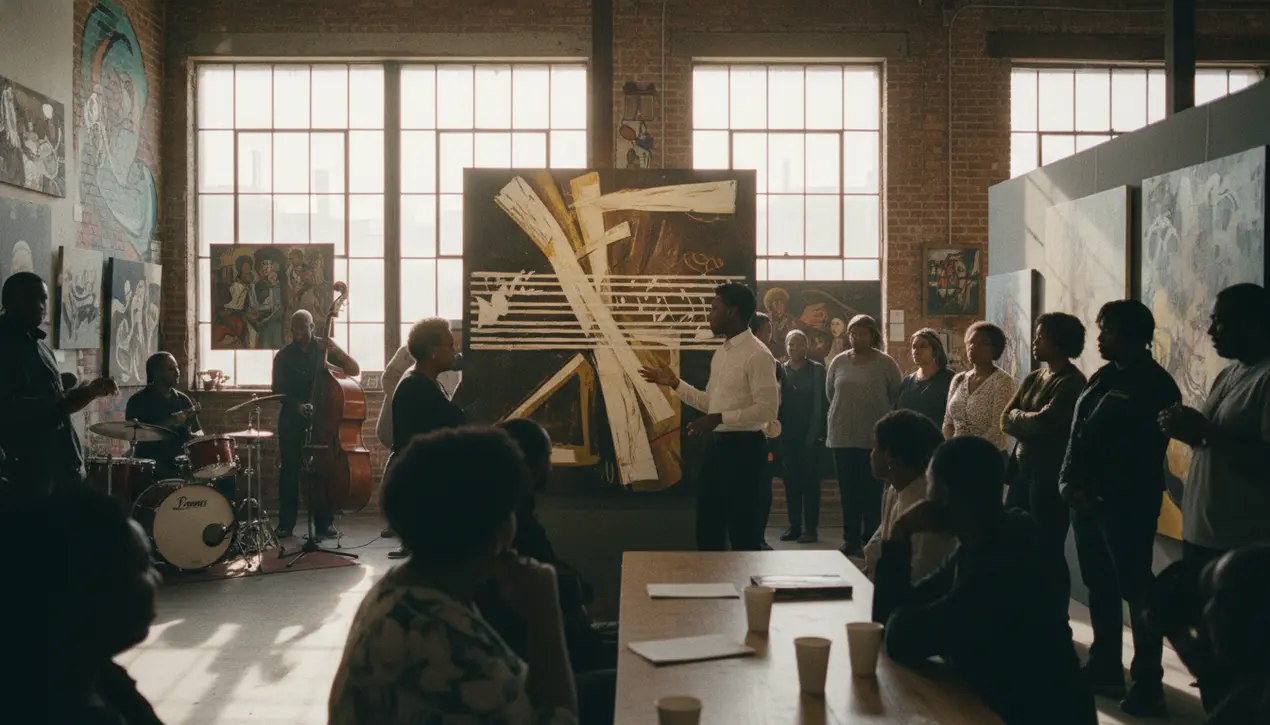
Entertainmenttheatre & artsArt Exhibitions
How Detroit Became a Hub for Black Art
BR
Brian Miller
1 hour ago7 min read1 comments
Detroit’s rhythm has always been more than just the assembly line hum or the Motown backbeat; it’s a city that learned to build things from the ground up, and its Black art scene is its greatest composition. A decade before the Black Arts Movement officially captured the nation's attention, Detroit was already conducting its own symphony of creative resistance.In the late 1950s and early 60s, as the city’s industrial heart began to falter, a cadre of Black artists recognized a profound need not just for opportunities, but for a community—a stage of their own making. They were the unsung session musicians of a cultural revolution, tuning their instruments before the main act.This was an era where established institutions offered few doors, so they built their own rooms: artist-run collectives and galleries sprung up like underground speakeasies, places like the Contemporary Studio and the Artists’ Workshop, which became the CBGB's of the Midwest, fostering a raw, unfiltered dialogue about Black identity, power, and beauty. Figures like painter and printmaker Allie McGhee and the sculptor Robert J.Stull weren't just creating art; they were laying down tracks for a new genre, one that blended the gritty realism of factory life with the soaring aspirations of the Great Migration's children. Their work wasn't meant for quiet contemplation in sterile white cubes; it was a visceral, urgent response to urban transformation and social injustice, a visual blues lament that slowly evolved into a funk anthem of self-determination.The city itself, with its sprawling ruins and resilient neighborhoods, became both canvas and catalyst, its decay and rebirth mirrored in the assemblages and murals that began to define the aesthetic. This foundational work created a gravitational pull, establishing a legacy that would later attract and nurture giants like Tyree Guyton and his Heidelberg Project, turning entire city blocks into a defiant, open-air museum. Detroit didn't just host Black art; it was, and remains, an essential instrument in its creation—a hub not because it was designated, but because its artists, like the best bandleaders, knew how to assemble a masterpiece from the spare parts others had discarded.
#lead focus news
#Detroit
#Black art
#Black Arts Movement
#artists
#community
#cultural hub
#galleries
#African American art
Stay Informed. Act Smarter.
Get weekly highlights, major headlines, and expert insights — then put your knowledge to work in our live prediction markets.
Comments
Loading comments...
© 2025 Outpoll Service LTD. All rights reserved.